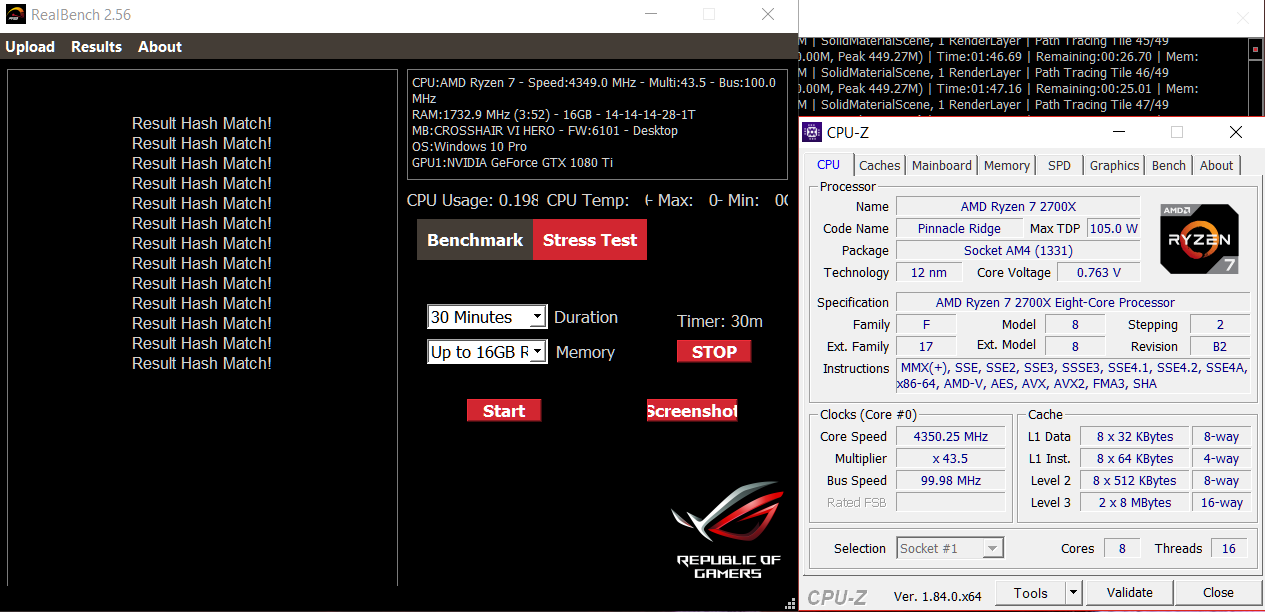Replicating the user experience is the number one rule in benchmarking, par none [...].
And no, benchmarks are designed to replicate user experience, apps like Cinebench and Handbrake simulate rendering of a specific template/workload [...]
Again the number one undeniable rule is to replicate end user configuration. Anything else is irrelevant to benchmarking and encroaches on the academic side. [...]
Sure, like the speed of computing milions of PI's decimals is the very definition of user experience.
Benchmarks provide scenarios which may or may not replicate plausible uses of a system. It's up to them.
Your overall point might be that it's very hard, if not impossible to devise a useful interpretation of the benchmark result in this particular case (3d games, HPET on).
But stick to that please, don't try to generalize the findings here to the very concept of benchmarking. Not like this.
It's interesting to note that back when Ryzen 1000 launched AMD was advising testers to completely switch off HPET from the BIOS as it was negatively impacting Ryzen scores. Most people here let that slide, now when the same thing is imapcting Intel more than AMD, suddenly it became more accurate to test with it forced (which isn't even the default option). Consistency should be key.
I can't fathom what you are implying. I am saying that it would be more accure to use HPET just above, yes. I definetly didn't say the oposite when Ryzen 1000 launched. Nor do I've heard of anyone proposing to use HPET for benchmarking now, with its just discovered ill-effects
So what do you find so interesting?
If HPET proved to have no negative impact on the experience of the user, by all means use it, but when it is having this much negative imapact (70% less fps, seriosuly?!), then no it's not relevant
yep



